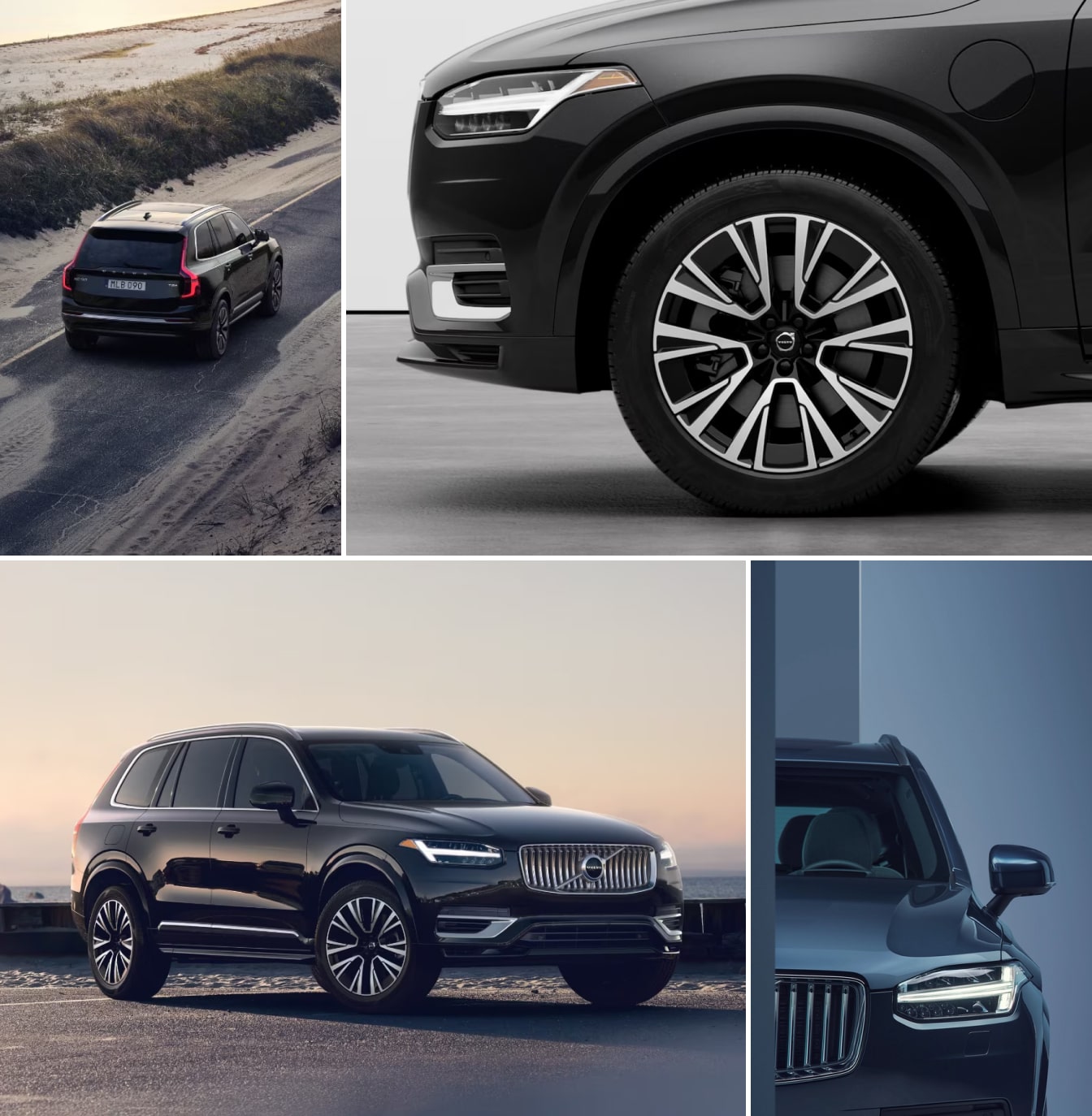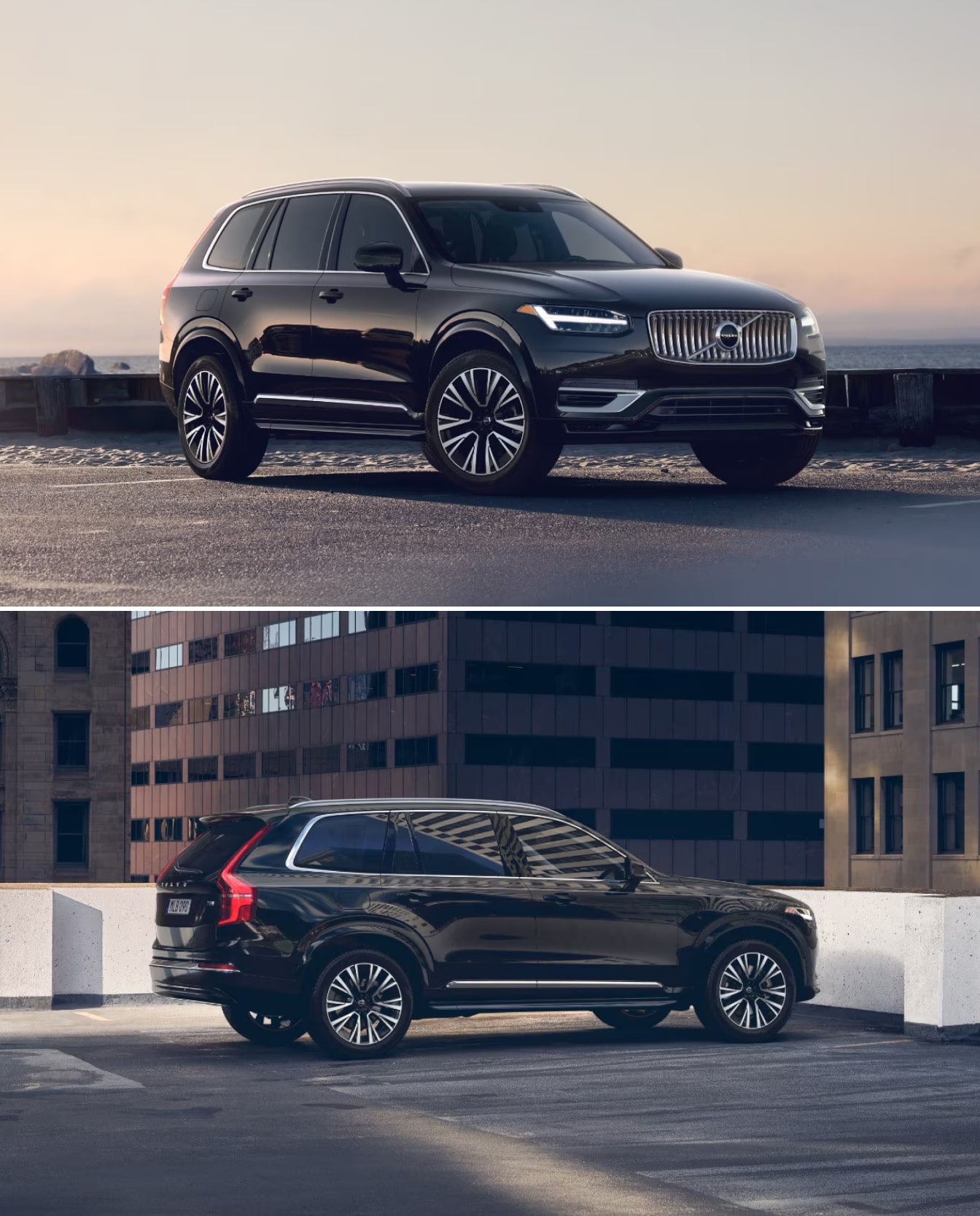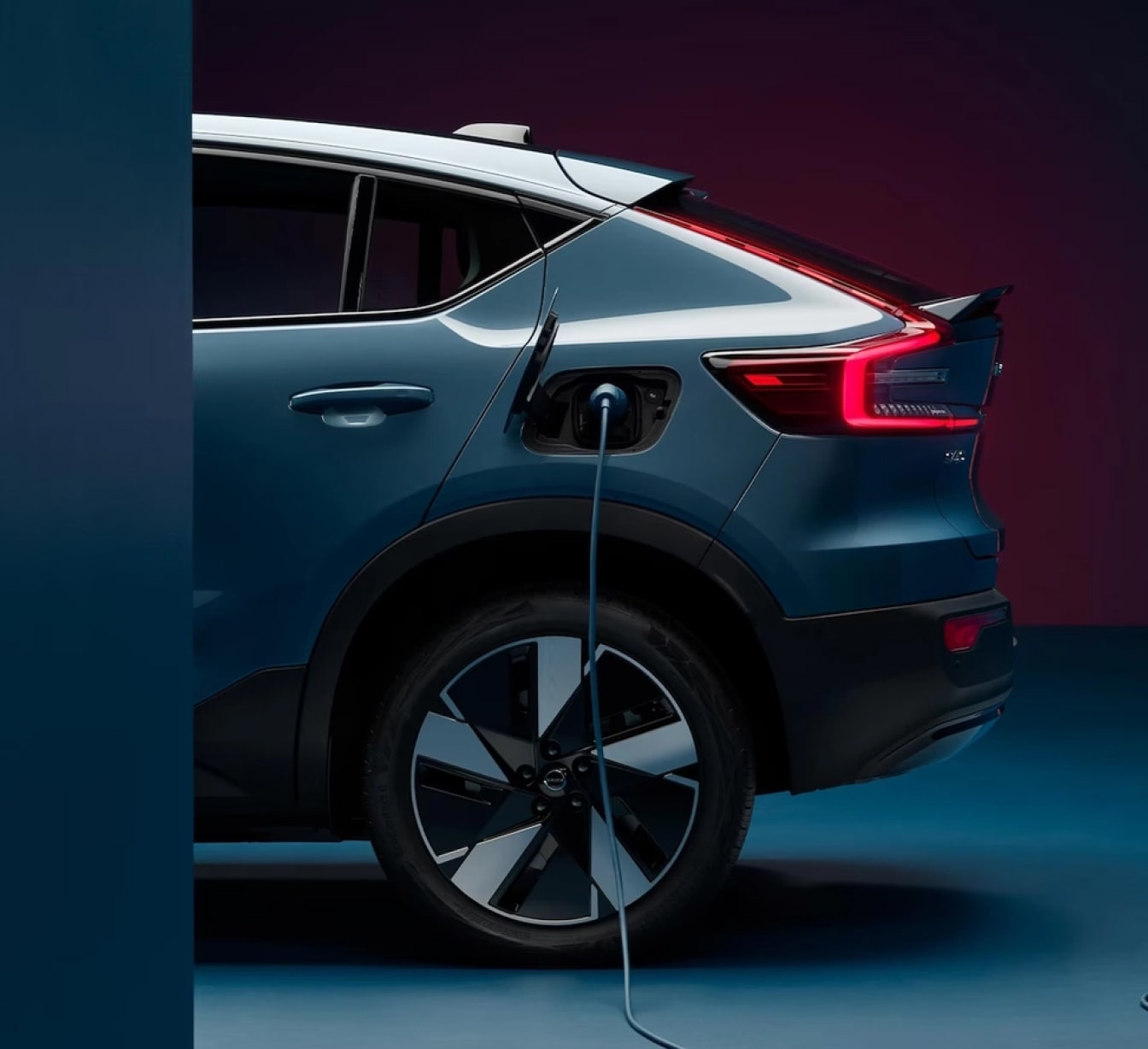
Volvo Electric Vs. Hybrid Vehicles: Benefits, Inner Workings, And Differences


What Is a Hybrid Vehicle?
The definition of "hybrid" is a combination of two separate things into one system. In the case of a hybrid vehicle, those two things are a gas engine and an electric motor.
Gas engines have been serving drivers for over a century and have become much more refined. However, they rely on an internal combustion process to operate and produce emissions as a result. With rising gas prices, purely gas-powered vehicles can also be expensive to operate.
By adding a battery and motor or motors to the powertrain, electric energy can be used to supplement the work of the gas engine so that you can enjoy better fuel economy. Most new Volvo cars and SUVs are mild hybrids that don't need to be plugged in to charge. Instead, they rely on regenerative braking technology. When you release the one-pedal brake, your vehicle slows to a stop. Volvo technology captures this otherwise lost energy and converts it into a form that can be stored and used to propel your vehicle later.

What Are Your Volvo Mild-Hybrid Options?
- Volvo S60 Mild Hybrid for sale: sedan
- Volvo S90 Mild Hybrid for sale: sedan
- Volvo V60 Cross Country Mild Hybrid for sale: wagon
- Volvo V90 Cross Country Mild Hybrid for sale: wagon
- Volvo XC40 Mild Hybrid for sale: compact SUV
- Volvo XC60 Mild Hybrid for sale: midsize SUV
- Volvo XC90 Mild Hybrid for sale: three-row SUV
These all contain some form of a 2.0-liter four-cylinder engine, plus hybrid technology. These systems are also powerful. Most of the cars listed above make 247 horsepower and over 250 pound-feet of torque.

How Do Volvo Plug-In-Hybrid Vehicles Work?
As compelling as our mild-hybrid selection is, you'll find even more compelling fuel efficiency with our plug-in-hybrid (PHEV) models. These cars contain substantially larger batteries and more powerful motors. That's because they aren't only there to lend assistance to the gas engine but can also take over completely to allow for electric-only driving capabilities.
For instance, a Volvo XC60 Plug-In Hybrid can travel up to 35 miles when fully charged.1
That brings us to the other key factor. These vehicles need to be charged. While they can utilize regenerative braking and run solely on their gasoline engines when necessary, they must also be plugged in regularly to operate at peak performance. Luckily, you can charge them conveniently from the comfort of your own home.
Something that often surprises customers looking to compare plug-in-hybrid vs. electric vehicles is the difference in their horsepower. In several instances, PHEVs can be more powerful than all-electric cars. Case in point: the Volvo PHEVs lineup makes 455 horsepower. This can give you some incredible acceleration times. For example, the Volvo XC60 PHEV we previously discussed can go from zero to 60 mph in 4.5 seconds.
In addition to this model, you'll have your choice of the following plug-in hybrids:
- Volvo S60 Plug-In Hybrid
- Volvo S90 Plug-In Hybrid
- Volvo V60 Polestar Engineered Plug-In Hybrid
- Volvo XC90 Plug-In Hybrid
| Volvo Mild-Hybrid vs. Plug-In-Hybrid Vehicles | ||||
|---|---|---|---|---|
| 2025 Volvo S60 MIld Hybrid | 2025 Volvo S60 Plug-In Hybrid | 2025 Volvo XC90 Mild Hybrid | 2025 Volvo XC90 Plug-In Hybrid | |
| Body Style | Sedan | Sedan | SUV | SUV |
| Engine | B5 2.0L 4-cyl | T8 2.0L 4-cyl + motor | B5 2.0L 4-cyl / B6 2.0L 4-cyl | T8 2.0L 4-cyl + motor |
| Horsepower | 247 hp | 455 hp | 247 / 295 hp | 455 hp |
| Torque | 258 lb-ft | 523 lb-ft | 266 / 310 lb-ft | 523 lb-ft |
| Drivetrain | FWD or AWD | AWD | AWD | AWD |
| EPA-est. Fuel Efficiency | Up to 30 MPG (Comb)2 | Up to 74 MPGe (Comb)1 | Up to 26 MPG (Comb)3 | 58 MPGe (Comb)1 |
| All-Electric Range | N/A | 41 miles1 | N/A | 32 miles1 |

What Are Volvo Pure Electric Models?
Take the benefits of an electric motor and leave out the gas engine. Volvo electric vehicles run solely on electricity to let you carry out your day-to-day routine or go on road trips without ever needing to pay for gas.
These vehicles produce no emissions, and since they lack the internal combustion engines found in gas-powered vehicles, they don't require oil changes. While people might naturally think of this technology as more complicated than a gas engine since it's newer, all-electric powertrains contain fewer moving parts in general, simplifying overall auto maintenance.
While we are excited about the upcoming 2025 Volvo EC40, Volvo EX30, and Volvo EX40 for sale, here's a look at the stats of the upcoming three-row Volvo all-electric SUV, the 2025 Volvo EX90:
| 2025 Volvo EX90 | ||
|---|---|---|
| Powertrain | Twin Motor | Twin Motor Performance |
| Horsepower | 402 hp | 510 hp |
| Torque | 568 lb-ft | 671 lb-ft |
| Range |
|
|
| DC Charging Time (10-80%) | 30 min5 | 30 min5 |
Our team can help you configure one to suit your preferences.
Hybrid vs. Electric Car: Learn More at Quantrell Volvo Cars
Volvo electric vs. hybrid vehicles: Which is calling your name? Our team would love to go over the pros and cons of each in more depth when you stop by our dealership. We can also demonstrate the easy-to-use charging equipment and how you can check your PHEV's or EV's charging status via your Volvo Cars app.
FAQ About Hybrid vs. Electric Vehicles
Which is more efficient: EV or hybrid?
An EV requires no gas fuel and is usually less expensive to keep charged than it costs to run a hybrid vehicle, so we would generally say an EV is more efficient. However, which is ultimately more cost-effective depends on the electric and gas costs in your area. Hybrid vehicles, especially PHEVs, are very fuel-efficient, though, and can be a great investment.
Is it better to have an electric or hybrid car?
Whether it's better to have an electric or hybrid car depends on your driving habits. Electric cars produce no emissions and require no oil changes, so they can simplify maintenance for you but will take longer to charge than PHEVs. Luckily, this can be done easily while it's parked overnight. If your area has fewer public charging stations, a PHEV that runs on both gas and electricity might be better.
Does Volvo Cars make an electric or hybrid SUV?
Volvo Cars makes several mild-hybrid, plug-in-hybrid, and all-electric SUVs, including two- and three-row options, so you can have a wide selection of efficient, luxurious, and powerful vehicles to choose from. Talk to our team at Quantrell Volvo Cars about your driving priorities, and we will help you determine whether one of our Volvo electric vs. hybrid vehicles is best for you.
Contact Us Today
* Indicates a required field
1Estimated range according to the EPA driving cycles. The actual range achieved under real conditions varies depending on driving behavior, driving conditions, how you maintain your vehicle, battery and other external factors. Visit fueleconomy.gov for further information.
2EPA estimated range is 27 MPG city/36 MPG highway/30 MPG combined (B5 FWD). Your actual range will vary for many reasons, including but not limited to, driving conditions, how and where you drive, how you maintain your vehicle, battery-package/condition, and other factors. See https://www.fueleconomy.gov/.
3EPA estimated range is 23 MPG city/30 MPG highway/26 MPG combined (B5 AWD). Your actual range will vary for many reasons, including but not limited to, driving conditions, how and where you drive, how you maintain your vehicle, battery-package/condition, and other factors. See https://www.fueleconomy.gov/
4Models equipped with 21-inch wheels have an EPA-certified electric driving range of up to 310 miles (MPGe: 86 city/ 82 highway/ 84 combined), while models equipped with 20-inch or 22-inch wheels feature an electric range of up to 300 miles (MPGe: 83 city/ 78 highway/ 81 combined) when the battery is fully charged and under ideal driving conditions. Use for comparison purposes only. Your range and MPGe will vary for many reasons, including but not limited to, driving conditions, how and where you drive, how you maintain your vehicle, battery-package/condition, and other factors. Visit fueleconomy.gov for further information.
5Charging times can vary and are dependent on factors such as outdoor temperature, battery temperature, charging equipment, battery condition, and car condition.